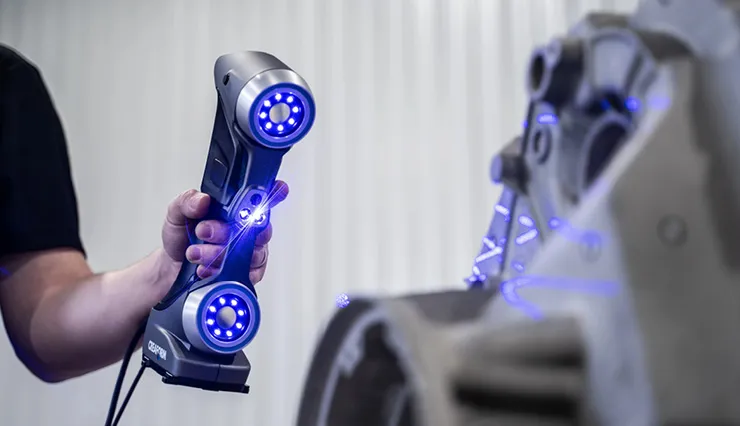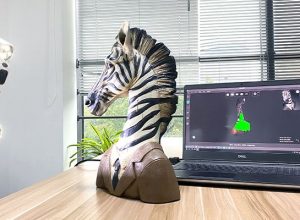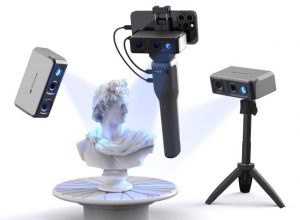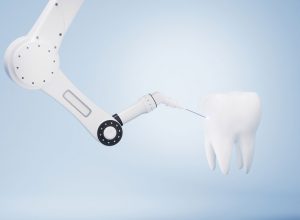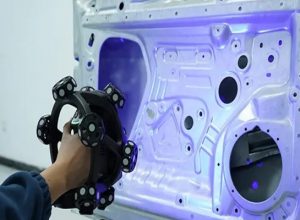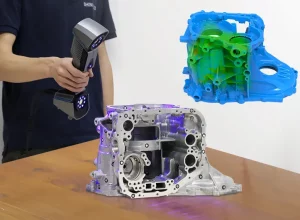Contents
The Impact of 3D Scanning on Modern Product Design and Prototyping
3D scanning has emerged as a transformative technology that is radically reshaping how designers and engineers approach product development. By capturing precise digital representations of physical objects, this innovative technology enables unprecedented levels of accuracy, efficiency, and creativity in design processes.
Core Principles of 3D Scanning Technology
3D scanning works by collecting surface geometry and spatial data using various sophisticated technologies that transform physical objects into precise digital representations. These advanced methodologies—including laser scanning, structured light projection, and photogrammetric techniques—capture millions of intricate data points that collectively reconstruct an object’s complete spatial configuration.
Each scanning technique operates through unique mechanisms. Laser scanning employs concentrated light beams that sweep across surfaces, measuring distance and contour through reflection angles. Structured light scanners project intricate geometric patterns onto objects, using camera triangulation to calculate surface topography. Photogrammetry leverages multiple overlapping photographs to generate three-dimensional models through computational image analysis.
| Scanning Technique | Key Characteristics | Typical Applications |
|---|---|---|
| Laser Scanning | High precision, direct surface measurement | Industrial design, reverse engineering |
| Structured Light | Fast capture, non-contact measurement | Rapid prototyping, quality control |
| Photogrammetry | Cost-effective, uses standard cameras | Architectural documentation, heritage preservation |
The resulting digital models enable designers to analyze, manipulate, and reproduce physical objects with unprecedented accuracy. By converting complex three-dimensional geometries into precise point clouds and mesh representations, 3D scanning bridges the physical and digital realms, accelerating innovation across manufacturing, healthcare, entertainment, and numerous other industries.
Key Applications in Product Design
3D scanning has transformed product design by providing unprecedented precision and flexibility across multiple critical domains. Each application represents a strategic breakthrough in how manufacturers and designers approach product development and optimization.
| Application | Description | Technical Impact |
|---|---|---|
| Reverse Engineering | Creating digital models of existing products to analyze design, improve functionality, or modify manufacturing processes | Enables comprehensive dimensional analysis, identifies potential design improvements, and facilitates complex geometric reconstruction with accuracy down to 0.05mm |
| Rapid Prototyping | Generating quick, accurate digital models for 3D printing and physical prototype development | Reduces prototype development cycles by up to 60%, minimizes material waste, and allows iterative design modifications with minimal additional costs |
| Quality Control | Comparing manufactured products against original design specifications with micron-level precision | Provides statistically rigorous dimensional verification, reduces human error, and enables automated inspection processes with near-perfect accuracy |
These advanced scanning techniques leverage sophisticated optical and laser technologies to capture intricate product details, transforming traditional design methodologies into data-driven, precision-engineered workflows.
Technological Advantages
Modern 3D scanning technologies offer several critical advantages:
- Exceptional dimensional accuracy (up to 0.05mm)
- Rapid data capture and processing
- Non-destructive measurement techniques
- Compatibility with advanced CAD and design software
Industry Transformation
Industries ranging from automotive and aerospace to medical device manufacturing are leveraging 3D scanning to accelerate innovation. The technology enables designers to:
- Digitally reconstruct complex geometries
- Perform detailed comparative analyses
- Optimize product design iterations
- Reduce prototyping time and costs
Future Prospects
As artificial intelligence and machine learning continue to advance, 3D scanning technologies are expected to become even more sophisticated. Future developments may include real-time scanning, enhanced predictive modeling, and more seamless integration with design workflows.
Conclusion
3D scanning represents a pivotal technological breakthrough that is fundamentally reimagining product design and prototyping. By providing unprecedented insights into physical objects and enabling rapid, precise digital modeling, this technology is driving innovation across multiple industries.
